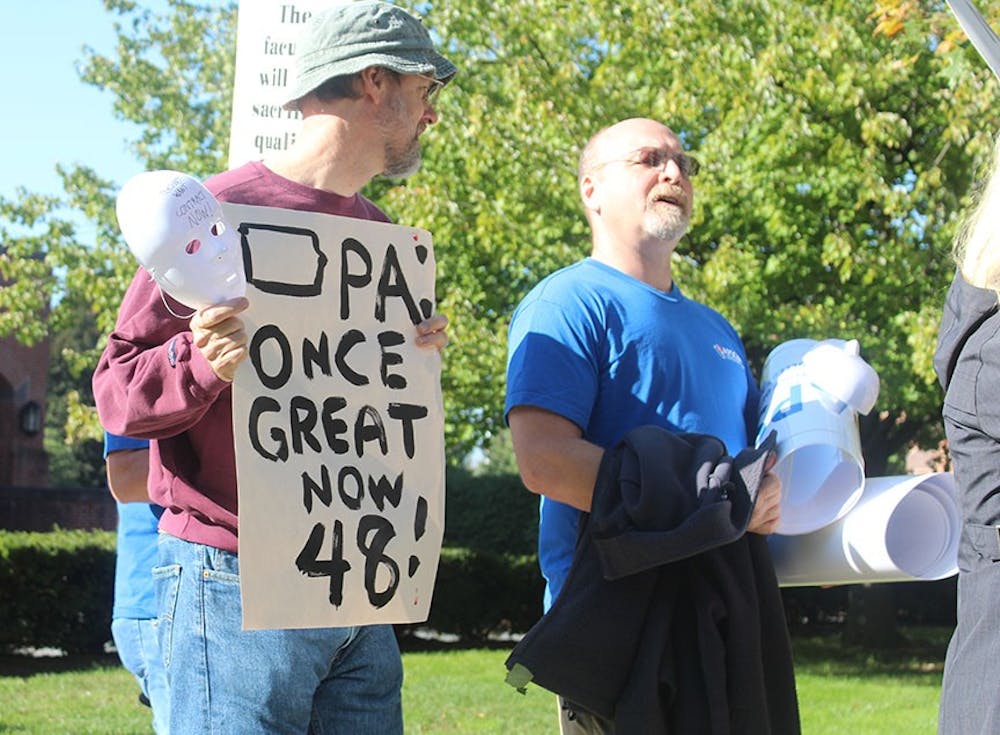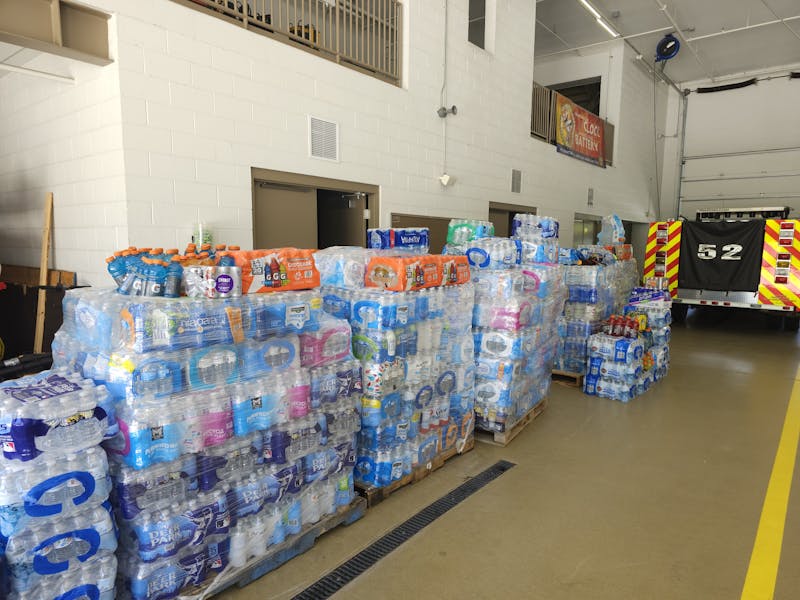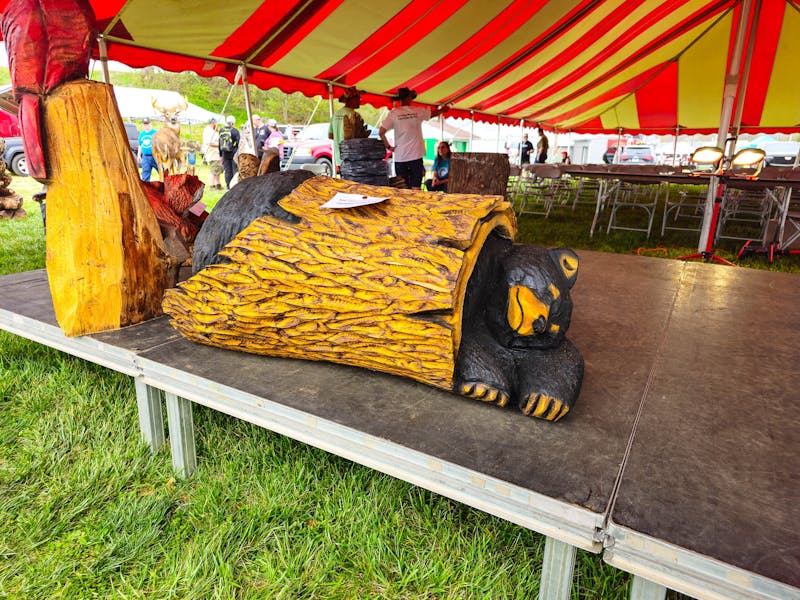The ongoing battle between professors and the Pennsylvania State System of Higher Education (PASSHE) is, in part, over access to and the quality of state-sponsored higher education.
During a union rally at the PASSHE offices in Harrisburg on Friday, professors from across the state came together to voice their concerns. Some walked with their homemade signs, and one in particular encapsulated a great underlying issue in Pennsylvania.
“PA once great, now 48” — the sign referenced the Keystone State’s newfound seating on one of the bottom rungs for support of higher education. Data from Young Invincibles, a non-profit organization that seeks to inform young Americans about an array of issues, and the State Higher Education Executive Officers (SHEEO), a national association of policy makers, both rank Pennsylvania low in various categories of higher education financing.
The Young Invincibles program, Student Impact, ranks each state with a letter grade in five categories. Pennsylvania comes in at 39th with a percentage equivalent to 58 percent. While 39 is certainly not as bad as 48, the state has an overall failing grade. The Pennsylvania Budget Support for Higher Education report card is as follows; Tuition: F; Spending per student: F; Burden on families: F; Education as a State Priority: F; State aid to students: A.
That’s right — the only thing Pennsylvania is good at is giving out grant money. But as students are all too painfully aware, the state must actually pass a budget for that to happen. Students are also aware that if you fail four classes nobody really cares if you get an A in one — especially when it’s a general education 100-level course. Unfortunately, states do not get put on probation when they fail to provide affordable education to their citizens.
SHEEO’s 2015 fiscal year report is even less glamorous. The annual 55-page-plus report narrows in on state appropriations for public higher education, focusing on overall state support and funding per student.
Pennsylvania ranks No. 47 for money spent per pupil at $3,758 compared to the national average of just less than $7,000. SHEEO measured support for higher education, in terms of tax revenue and additional appropriations, in two ways: ranking states based upon each citizen’s contributions; ranking states based on how much of $1,000 of personal income goes to fund higher education. Pennsylvania ranks No. 49 and No. 48 respectively.
This means the overwhelming majority of states have their citizens contribute more to public higher education than Pennsylvania does.
What does this mean for Shippensburg University and the rest of the state system schools? The data from Young Invincibles and SHEEO suggests that students of PASSHE take much more of a beating in terms of tuition rates than the rest of the country.
PASSHE appropriations data paints a picture as to why tuition rates are high and still growing. State funding for fiscal year 2006–07 was $467,622,000 and for 2015–16 it was $433,389,000. While dropping enrollment rates mean less money is technically needed, the current appropriations are miniscule compared to what they would be if inflation was considered.
From faculty meetings to Old Main conferences, and from state system offices to Capitol Hill corridors, many who have stuck around Pennsylvania long enough often recall one fact — two to three decades ago the state paid for about 75 percent of a student’s tuition. Today it pays for about 20 percent.
Though the Great Recession played a role in dwindling budgets, eight years have passed and the Keystone State is as about as strong as the average student’s line of credit.
Money is not the end-all be-all to solving problems. A plethora of other factors pitted the union against the state system. But if PA was great and not 48, maybe this semester would not be quite as tumultuous.




The Slate welcomes thoughtful discussion on all of our stories, but please keep comments civil and on-topic. Read our full guidelines here.